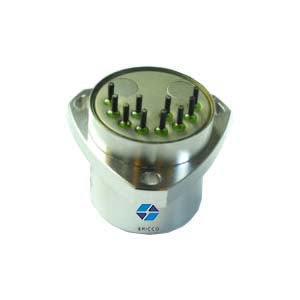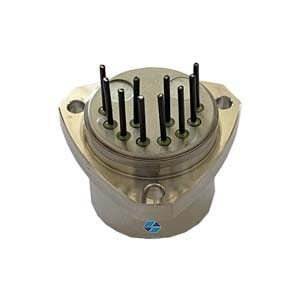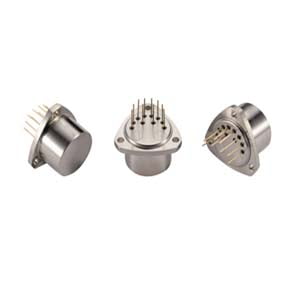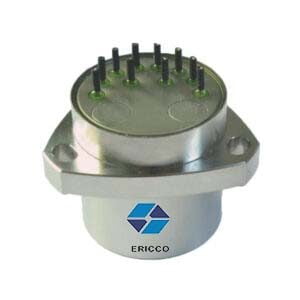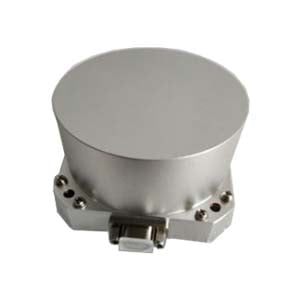Accelerometers play a pivotal role in a multitude of applications, from automotive safety systems to aerospace. These devices measure acceleration forces, enabling the detection of movement, tilt, vibration, and shock. When it comes to selecting an accelerometer for a specific application, one of the fundamental decisions is whether to opt for a MEMS (Micro-Electro-Mechanical Systems) accelerometer or a Quartz accelerometer. Each type comes with its own set of characteristics, advantages, and limitations, making the choice a crucial one dependent on the requirements of the intended application.
1.MEMS Accelerometers: Miniature Powerhouses of Modern Sensing
MEMS accelerometers have revolutionized the field of motion sensing due to their compact size, low cost, and low power consumption. These devices are fabricated using microfabrication techniques, enabling the integration of miniature mechanical structures and electronics on a single silicon chip. MEMS accelerometers typically consist of a mass suspended by flexible beams or springs, with capacitive or piezoresistive sensing elements to detect the deflection caused by acceleration.
One of the primary advantages of MEMS accelerometers is their small form factor, making them ideal for applications where size and weight are critical factors, such as consumer electronics, mobile devices, and Internet of Things (IoT) applications. Additionally, MEMS accelerometers offer high sensitivity and a wide dynamic range, allowing them to detect both small and large accelerations accurately.
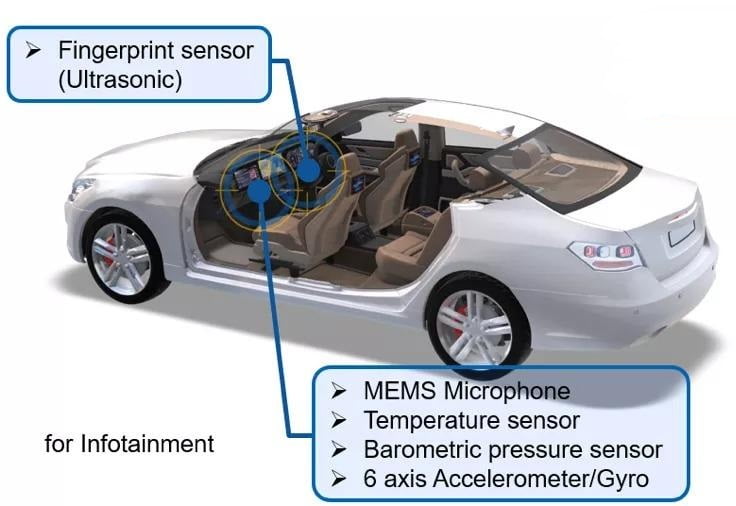
Fig.1 Sensors in vehicles
Furthermore, MEMS accelerometers often come equipped with integrated signal conditioning and digital interfaces, simplifying integration into electronic systems and reducing external component count. This integration facilitates seamless communication with microcontrollers or digital signal processors (DSPs), enabling real-time processing of acceleration data for various applications, including gesture recognition, navigation, and vehicle stability control systems.
However, MEMS accelerometers do have some limitations. They may exhibit higher noise levels and lower accuracy compared to more traditional sensing technologies like quartz accelerometers, particularly in high-precision applications requiring precise measurement of acceleration forces.
2.Quartz Accelerometers: Precision and Stability for Demanding Applications
Quartz accelerometers, also known as force-balance accelerometers, rely on the piezoelectric properties of quartz crystals to measure acceleration. These devices operate based on the principle of Newton's second law of motion, where the force exerted on a proof mass is balanced by the force generated from the deformation of a quartz crystal.
Quartz accelerometers are renowned for their exceptional accuracy, stability, and reliability, making them the preferred choice for high-precision applications such as aerospace, defense, seismic monitoring, and inertial navigation systems. Unlike MEMS accelerometers, quartz accelerometers can achieve extremely low noise levels and high resolution, enabling precise measurement of acceleration down to minute levels.
Moreover, quartz accelerometers exhibit superior temperature stability and resistance to shock and vibration compared to MEMS counterparts, making them suitable for harsh operating environments where environmental conditions may vary significantly.
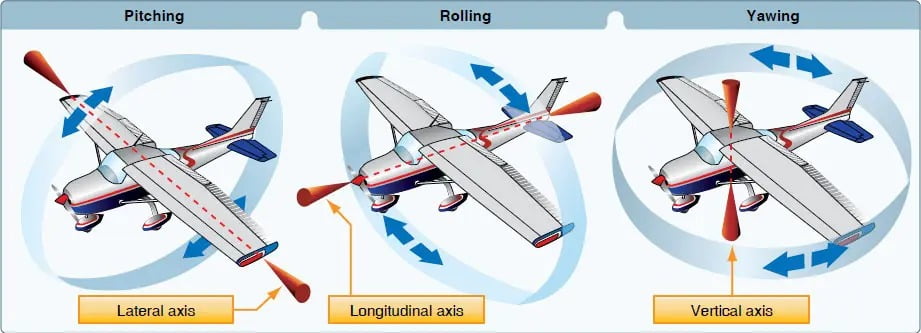
Fig.2 Flight dynamics
Despite their unparalleled performance, quartz accelerometers come with certain drawbacks, primarily related to their size, weight, and cost. These devices are typically larger and heavier than MEMS accelerometers, which can limit their applicability in space-constrained or weight-sensitive applications. Additionally, quartz accelerometers tend to consume more power, which may be a concern in battery-powered systems or applications requiring prolonged operation.
3.Choosing the Right Accelerometer for Your Application
When faced with the decision of selecting between a MEMS accelerometer and a quartz accelerometer, it is essential to consider the specific requirements and constraints of the intended application. Here are some key factors to consider:
Performance Requirements: Evaluate the desired level of accuracy, sensitivity, dynamic range, and stability needed for your application. High-precision applications may necessitate the use of quartz accelerometers, while MEMS accelerometers may suffice for less demanding applications.
Environmental Conditions: Consider the operating environment, including temperature extremes, shock, and vibration levels. Quartz accelerometers are better suited for harsh environments, while MEMS accelerometers may be more appropriate for indoor or less demanding outdoor environments.
Size and Weight Constraints: Assess the available space and weight limitations of the application. MEMS accelerometers offer a compact and lightweight solution, making them suitable for portable and space-constrained devices.
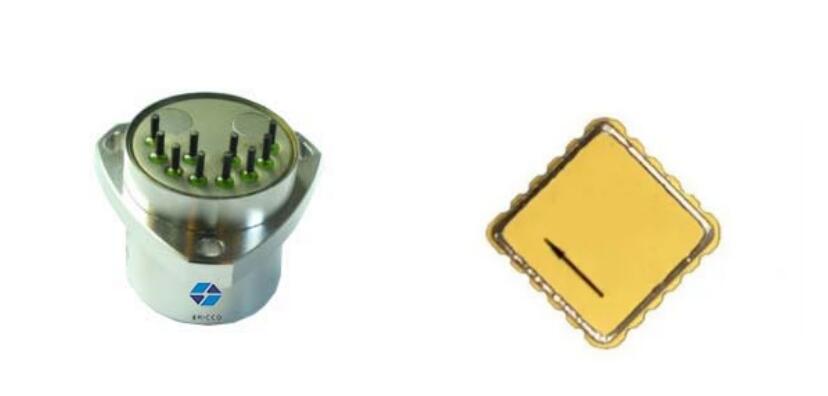
Fig.3 Quartz accelerometer and MEMS accelerometer
Cost Considerations: Factor in the budget constraints and cost sensitivity of the project. MEMS accelerometers are generally more cost-effective than quartz accelerometers, making them a preferred choice for applications with budget limitations.
4.Summary
In conclusion, the choice between MEMS and quartz accelerometers ultimately depends on a careful consideration of performance requirements, environmental conditions, size and weight constraints, and cost considerations. By understanding the strengths and limitations of each type of accelerometer, engineers and designers can make informed decisions to ensure the optimal selection for their specific application needs.
Ericco not only provides high-precision quartz accelerometers, such as the ER-QA-01A3, with a bias stability of 10μg, scale factor repeatability of 10ppm, and a weight of 80g, which can be widely used in aircraft carrier microgravity measurement systems, inertial navigation systems, and static angle measurement systems. It also offers cost-effective MEMS, such as the ER-MA-5 accelerometer, which features small size, lightweight structure, low power consumption, and thus has strong versatility in the automotive industry applications.
More Technical Questions
1.Quartz Flexure Accelerometer Pendulum Processing Technology
2. Quartz Accelerometers Advance Aircraft Performance and Safety
3. Driving Automotive Evolution: MEMS Accelerometers
4. Factors Affecting the Stability of Q-Flex Accelerometers
5. Structure Design of High Precision Quartz Flexible Accelerometer
6. Methods to Maintain the Long-Term Performance of Quartz Flexure Accelerometers



